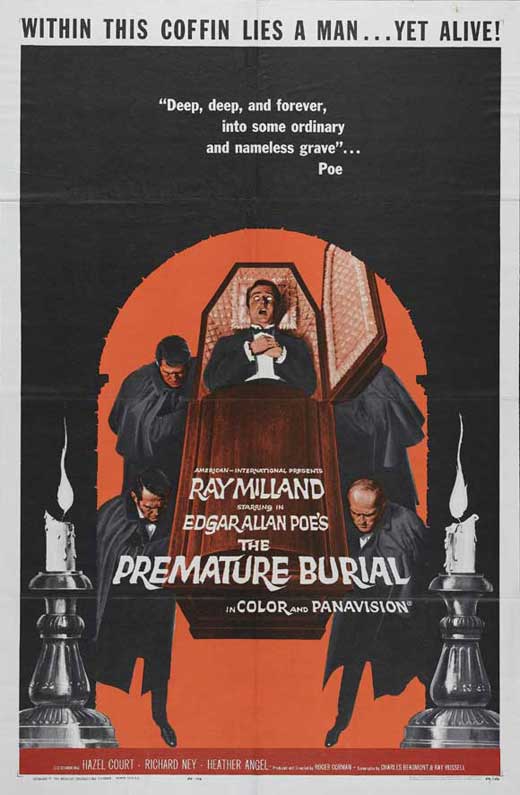House on Haunted Hill (1959)/ The Innocents (1961)/ The Haunting (1963)
These three films are my favorite ghost stories put to film. House on Haunted Hill is very different from the other two, but I couldn't leave it off the list. Let's approach each one, one by one.
This film was done by schlockmeister William Castle. This is the first of his long string of independently done shock pictures. A millionaire played by Vincent Price invites five people to stay in this haunted house overnight along with him and his 4th wife, Annabelle. As the night goes on, they are trapped inside with no means of escape and then the terrors really start. One cool note is that this film's success inspired Alfred Hitchcock to do Psycho the next year. Also, the movie started William Castle's theater gimmicks. This one had Emergo, which would send a skeleton through the air above the seats of theaters at a specific time during the movie... He's so amusing.
The movie isn't truly frightening, though it did creep me out as a kid. It's still greatly entertaining though. It sort of takes the route of The Old Dark House or The Cat and the Canary, which were horror films where things aren't always what they seem in the beginning. The Ghost and Mr. Chicken, the Don Knotts film also goes this way. The film does have a great amount of atmosphere to it. The beginning of the film sets the mood quite well with a giant scream the first thing you hear. It's quite startling as there's no picture yet. But don't let it fool you. The movie is quite campy. Even the trailer!
Why is it partially my favorite horror film? Well, there's one scare in particular that got me the first time I watched the movie. It isn't as effective to me anymore, but it's still kind of creepy. Remember when I mentioned "Knock on the wall" in my review of The Orphanage? Well, it's sort of similar to the scare here. And come on, I had to put Vincent Price at #1! Who wouldn't?! This is one of his best roles. He's funny, diabolical, and not quite as over the top as usual.
The best aspect of the film is that you can see it for free. It's in the public domain, and there are many copies to view on Youtube. It's also on Amazon Prime if you prefer to go that route.
The Innocents was a film I didn't discover until I was about 17. To this day it's not as well known as the other two #1s on this list. This is a sad situation. It's about the closest you can come to The Haunting without copying it. It's losely based on Henry James' Turn of the Screw. It's about a governess that goes to watch over some children who's uncle wants nothing to do with them. He's always away and leads the life of a lady's man. Deborah Kerr plays the governess. Once she gets there, she begins to notice strange things, and the children aren't what she expected. The screenplay was written by Truman Capote, who put in a large amount of Freudian stuff that wasn't in the Henry James story, making the movie southern gothic. The acting is superb all around, especially by child actor Martin Stephens, who the year before had played the lead child in Village of the Damned. Here he gives one of the best performances of a troubled child I've ever seen. And of course Deborah Kerr is her usual great self as the governess.
This is yet another ghostly film where we are made to wonder if the main character is going crazy or if the place really is haunted. Like The Haunting, the film just drips atmosphere. Things are a bit more bright and happy looking in some parts here, but you still have the weird voices coming from everywhere and nowhere at night, unexplained behavior, and a dark history to the house. And of course, there's Willow Waily, the creepiest children's song ever written.
The film does give you chances to breathe throughout, not giving shocks all throughout the film. Rather, they come at moments you don't really expect. Nothing jumping out at you here, but they are unexpected. All the night scenes are lit only by moonlight and candlelight, leaving large dark shadows everywhere. And unlike the next film on the list, the ghosts (if that's what they are) are seen. And they can be quite terrifying. I fully recommend that you all see the film. It's a great example of 1960s black and white film-making, it's quite effective, and it is considered one of the best horror films ever made, not just by me, but by people like Martin Scorsese, Guillermo Del Toro and Francois Truffaut. The film was originally given an X rating by the British Film Board, due to some suggestions of sexualization of the children in the film. It is quite uncomfortable to watch in that respect, but there's nothing obscene here. It is available to watch in HD on Amazon Prime.
And then of course there's The Haunting. This film also came up in my last list. It still kind of scares me to this day. It's shot in such a way that you don't forget it, and even if you don't believe in ghosts, there's still the fear of going crazy that drives the film.
Hill House has a history of death to it. Built by Hugh Crane for his wife (who died in a carriage accident seconds before she would have set sight on the house), it ended up being a house of sadness and misery. Hugh Crane lived there with his daughter. Then he died. Then she died. Along the way two housekeepers died. Even the current housekeepers don't stay after dark. I wouldn't stay even in the daytime. The house is creepy as hell even on the outside!
The film is one of the most talked about horror films of the black and white era. It's still stunningly effective in it's creepiness and chills. The scene with the incoherent talking and the face in the design of the wall is still the creepiest scene ever filmed in my opinion.
I spoke at length about this film earlier, so I'll just leave you with that. See the movie. See it in the quiet. In the night... In the dark.




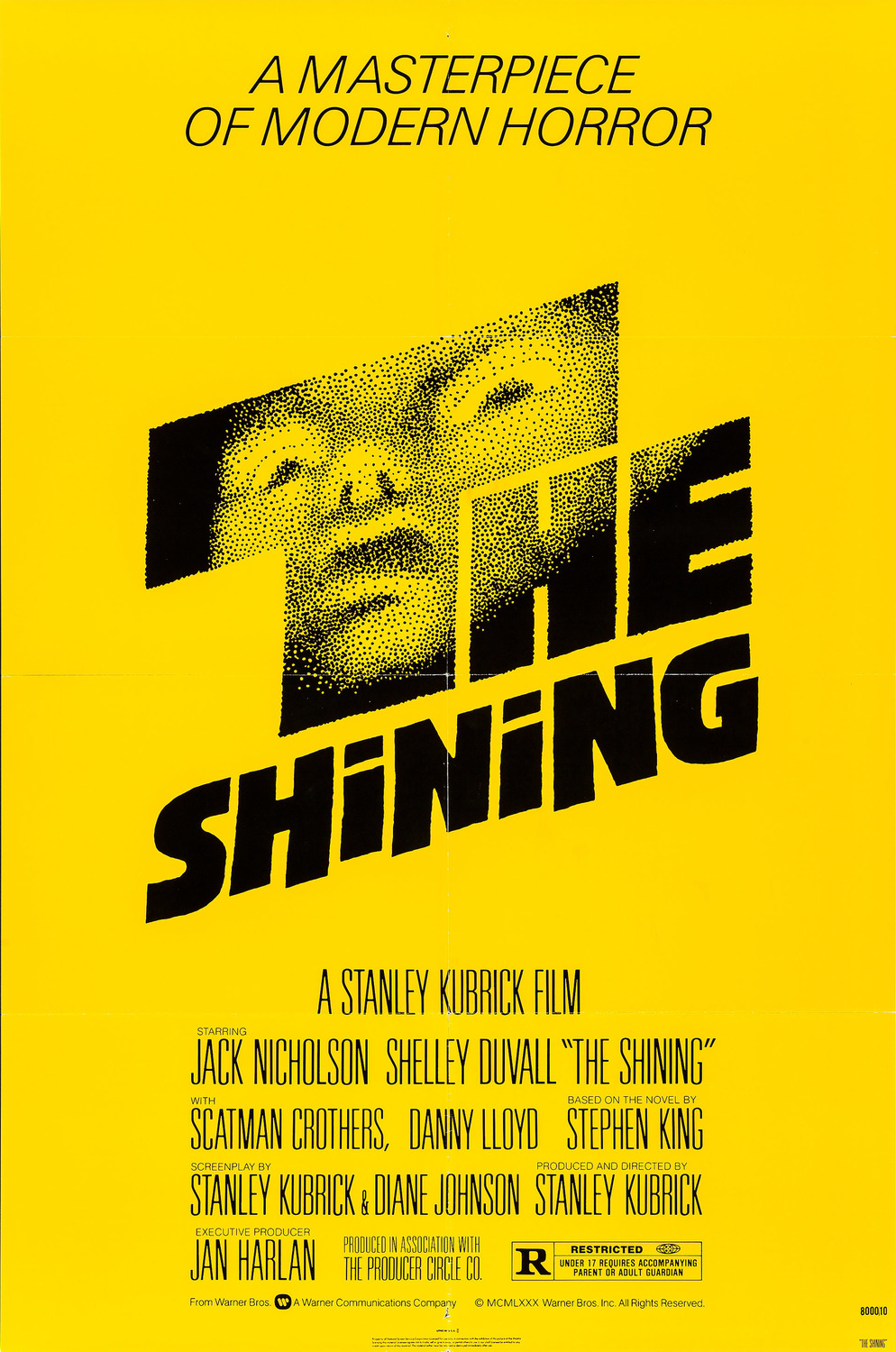



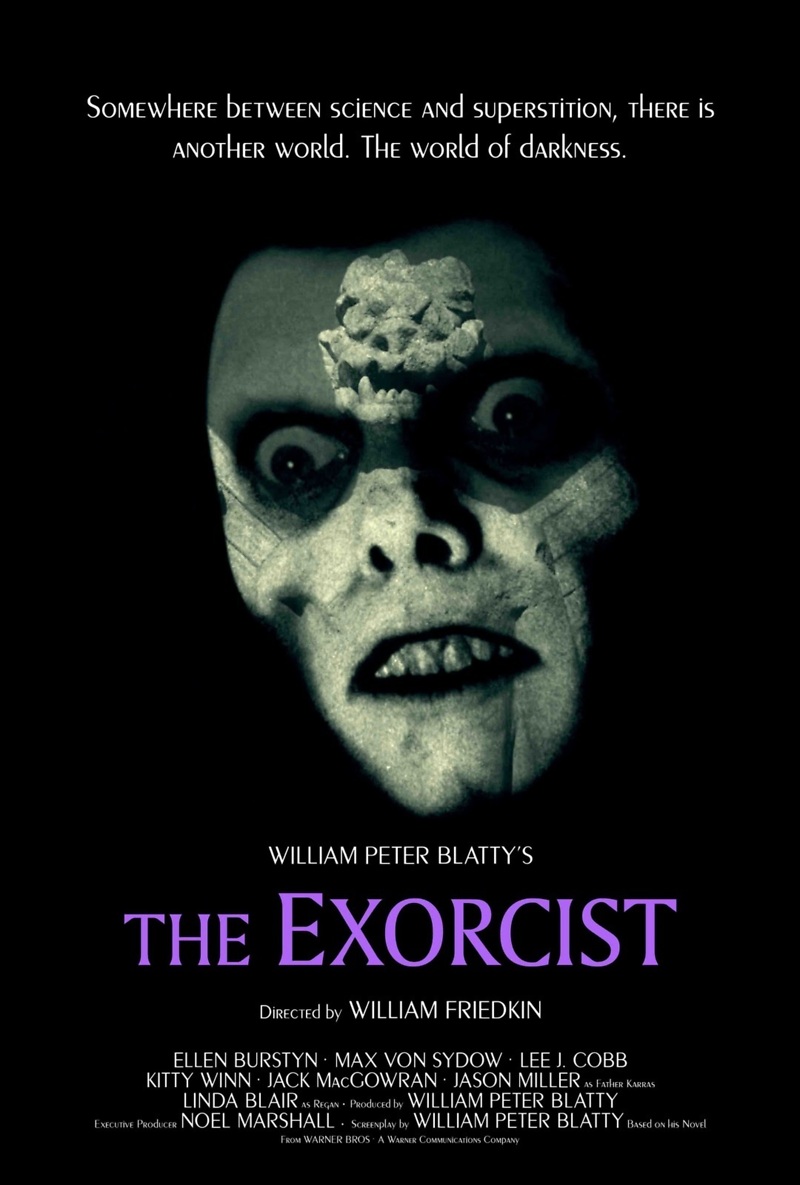

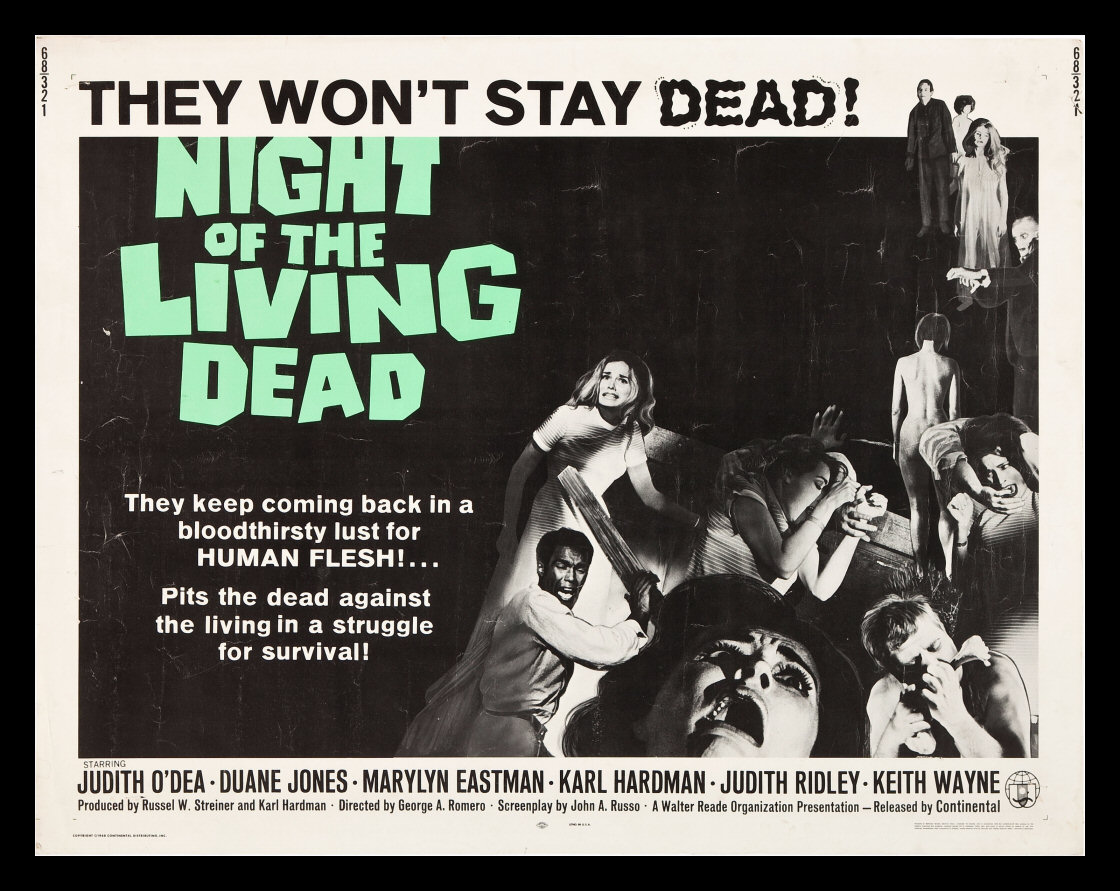

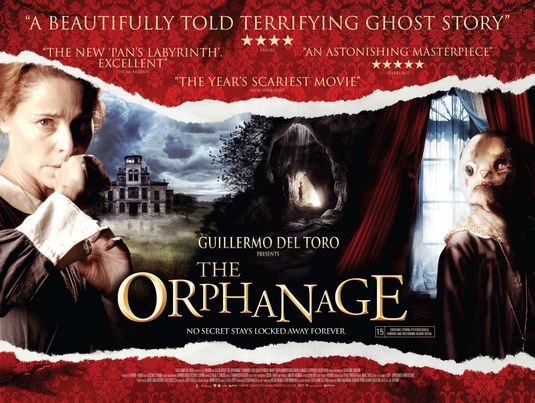
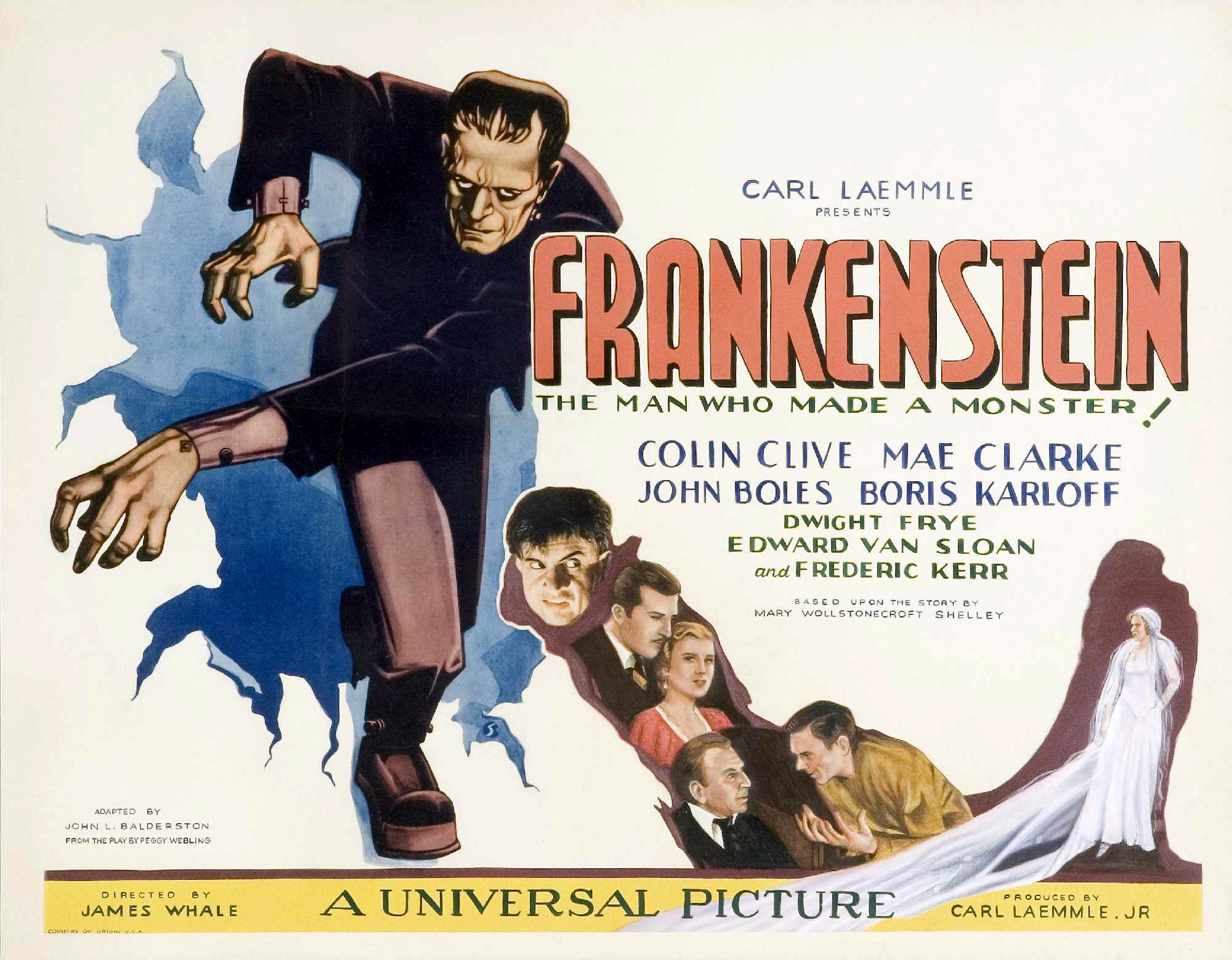

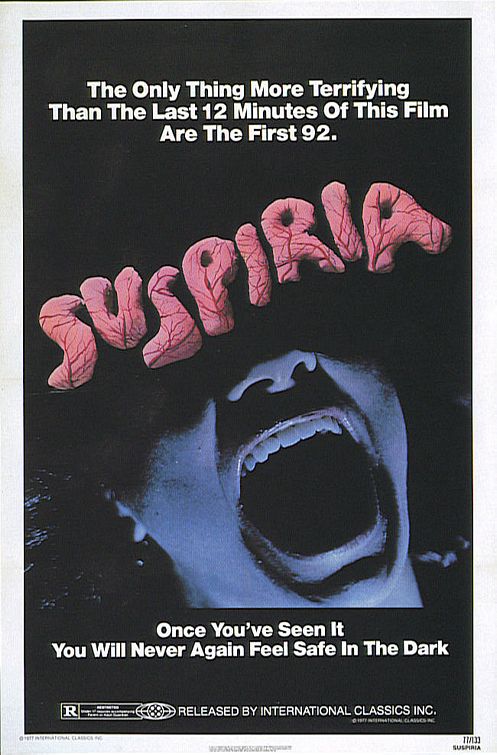

_poster.jpg)
